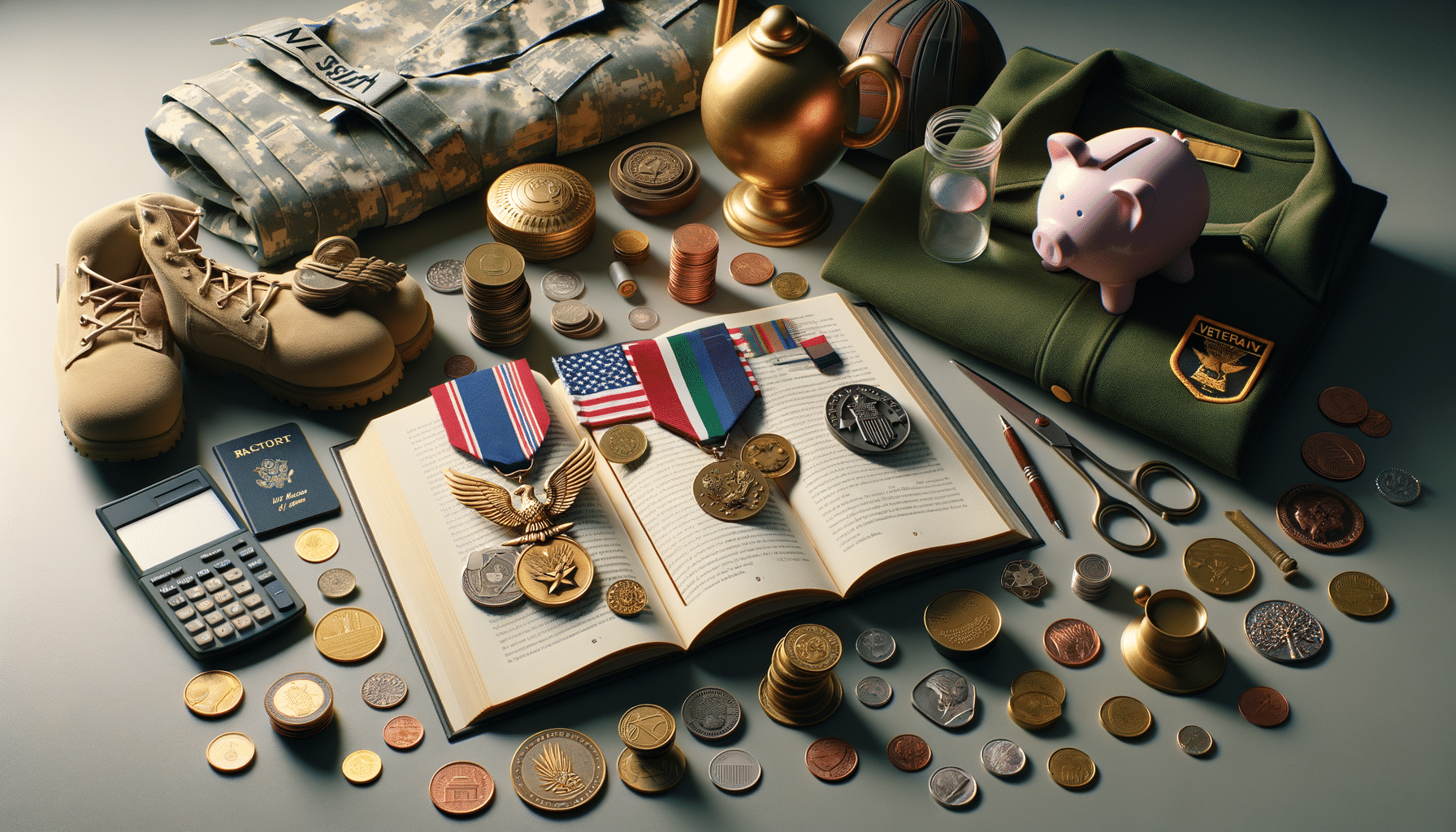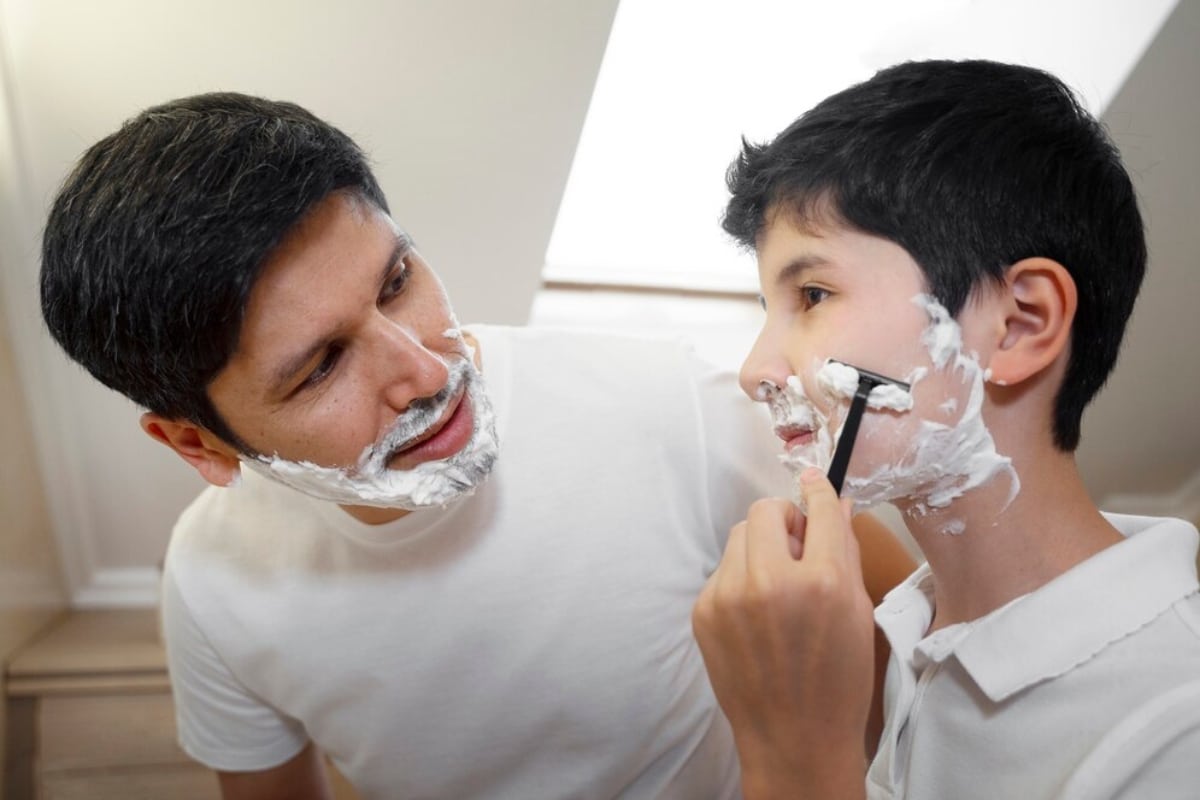
First Shaving Tips for Boys and Girls
When Fuzz Becomes a Big Deal
It starts subtly — maybe a faint shadow on your son’s upper lip, or some downy hair under your daughter’s arms. Then comes the question that signals a new chapter “Mum, should I start shaving?”
The first shave at puberty is more than just grooming — it’s a rite of passage. It marks a shift in how children see themselves and how they care for their changing bodies. As a parent, this moment lets you guide and support your child. You can teach them safe habits that will shape their self-care routines for years.
In this blog post, you’ll learn everything you need to know about helping your tween approach shaving with confidence. From when to start, to choosing the right tools, and avoiding nicks and irritation, we’ve got you covered. This guide helps you prepare for your child’s first shave. It supports you through their curiosity. It makes the experience easier, both physically and emotionally.
Understanding the First Shave at Puberty
Why Do Tweens Start Thinking About Shaving?
Puberty doesn’t just affect hormones and moods — it also changes the body in visible ways. Hair begins to grow in new places, including:
- Underarms
- Legs
- Upper lip and chin (typically in boys)
- Arms and face (particularly in those with darker hair)
Some kids might feel uneasy about body hair at this stage. This can happen if their friends notice it or make comments. Others may simply be curious after seeing older siblings or parents shave.
The goal here is not to rush them into shaving, but to respond with understanding and informed support when they’re ready.
When Is the Right Time to Start Shaving?
There’s no set age. Shaving readiness depends more on individual development and personal comfort than on birthdays.
Signs your child might be ready:
- They’ve expressed a desire to shave.
- They feel self-conscious about their body hair.
- Hair has become coarse, visible or darker.
- They’re demonstrating enough coordination and responsibility to handle a razor safely.
Instead of focusing on age, have open conversations and let your child know that shaving is a personal choice, not an obligation.
First Shaving Tips for Girls
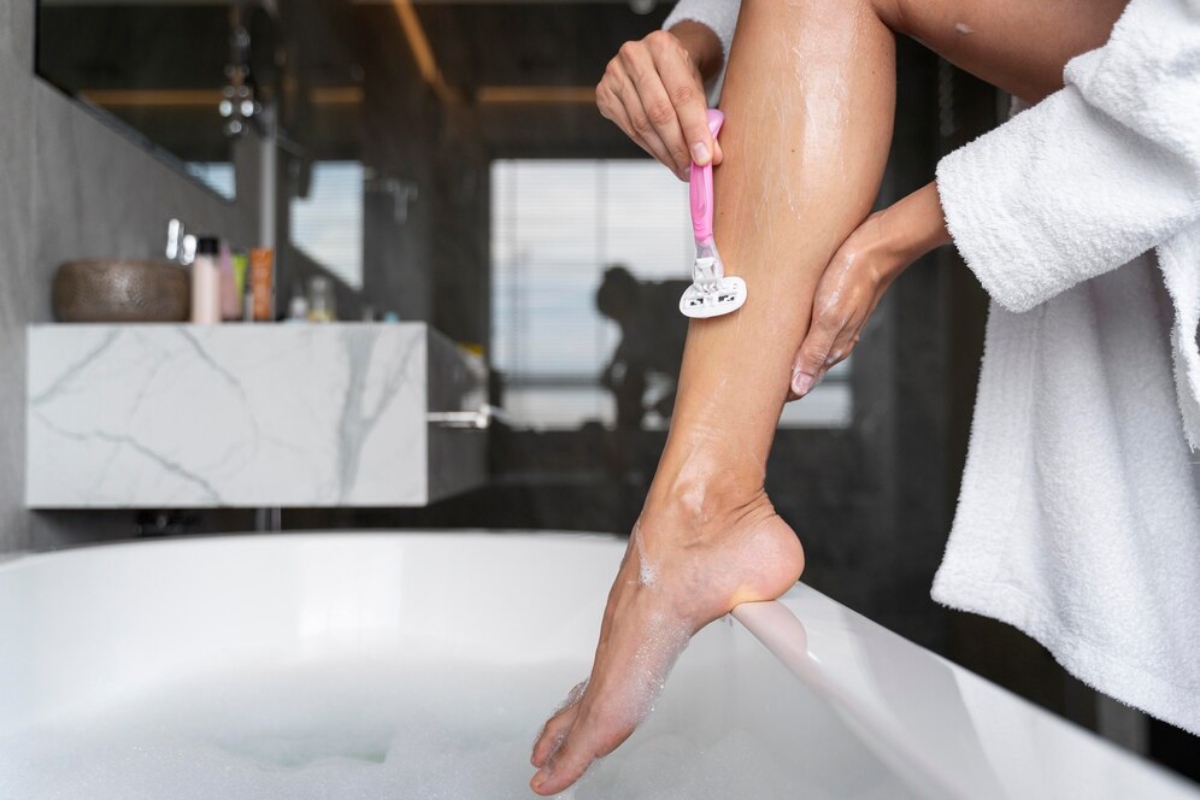
For girls, the most common areas of concern are legs, underarms and sometimes upper lip hair.
Leg Shaving: Keep It Simple
Start with the basics:
- Use a manual razor with a safety guard or a reusable razor with multiple blades for gentle results.
- Shave at the end of a shower or bath — warm water softens the hair and opens pores.
- Apply a mild shaving gel or fragrance-free cream to reduce friction.
Technique:
- Shave in short, gentle strokes.
- Start with downward strokes (in the direction of hair growth) to reduce irritation.
- Rinse the blade frequently.
- Avoid going over the same area multiple times.
Aftercare:
- Rinse with cool water and gently pat the skin dry.
- Apply a fragrance-free moisturiser to soothe the skin.
Underarm Shaving for Girls
The underarm area is more delicate and prone to irritation.
Key tips:
- Always use a clean razor and avoid dry shaving.
- Teach them to stretch their arm up and out to get a smoother surface.
- Avoid deodorants with alcohol immediately after shaving — these can sting.
What About Facial Hair?
Some girls develop fine or darker upper lip hair during puberty. If your daughter is bothered by this, discuss safe options like:
- Dermaplaning razors (small, handled facial razors)
- Tweezing for small areas
- Hair removal creams for sensitive skin (always patch test first)
Make it clear that removing facial hair is entirely optional, and no child has to do it because of social pressure.
First Shaving Tips for Boys
For boys, the first shave is often focused on the upper lip, sideburns or chin — although some start with body hair like underarms or chest.
Facial Shaving 101
Start with an electric razor. It’s easier to use, less likely to cause cuts and ideal for beginners. If your child prefers a manual razor, guide them closely through the first few shaves.
Prep the skin:
- Wash the face with warm water and a mild cleanser to remove oil and soften hair.
- Apply a gentle shaving cream or gel — avoid highly fragranced products.
Shaving steps:
- Use light pressure and short strokes.
- Shave in the direction of hair growth to avoid razor bumps.
- Rinse the blade frequently and take it slow.
Aftercare:
- Rinse with cool water to close pores.
- Pat dry (don’t rub).
- Apply an alcohol-free, moisturising aftershave balm or lotion.
Dealing with Nick and Cuts
Small cuts are common, especially in the beginning. Keep a styptic pencil or alum block handy to stop bleeding quickly. A dab of antiseptic cream also works well.
Shaving Body Hair: To Shave or Not to Shave?
Some boys may feel self-conscious about thick underarm, leg or chest hair. If they ask about shaving these areas, treat the conversation with sensitivity. Emphasise that there are no right or wrong choices. It’s all about what makes them feel confident and comfortable.
If they choose to shave body hair:
- Use a fresh razor and a mild shaving gel.
- Emphasise not rushing and following the same hygiene steps as facial shaving.
Choosing the Right Shaving Tools for Tweens
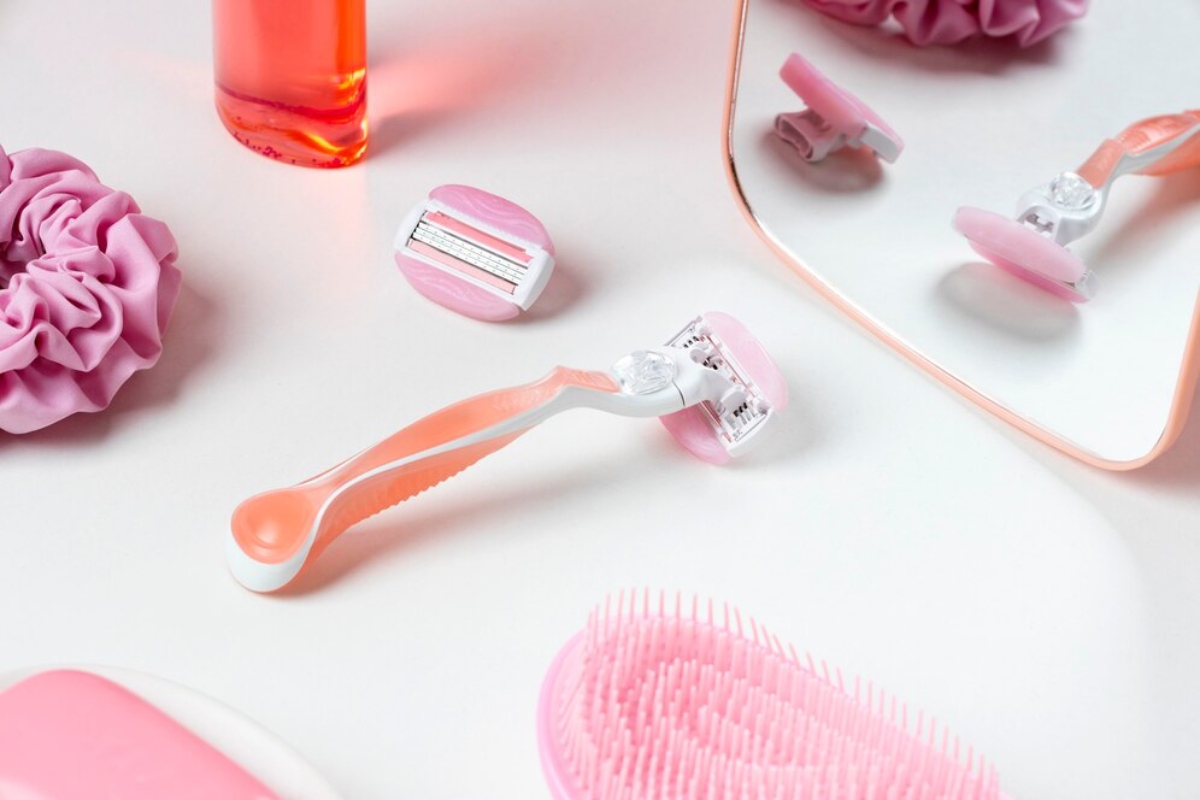
For Girls:
- Manual razors with moisture strips for added comfort
- Dermaplaning facial razors for peach fuzz or upper lip hair
- Hypoallergenic shaving creams with minimal fragrance
For Boys:
- Electric rotary shavers for ease and safety
- Double-blade razors with protective guards
- Alcohol-free balms or aloe-based gels for soothing post-shave care
Shared Tools to Avoid:
- Razors should never be shared, even between siblings, due to hygiene and safety risks.
Teaching Safe Shaving: Step-by-Step
Here’s a practical routine you can walk through with your child the first time they shave:
- Prep: Clean the skin and make sure hair is softened by warm water.
- Apply cream or gel: This lubricates the skin and prevents tugging.
- Shave gently: Keep strokes light and avoid going over the same spot repeatedly.
- Rinse: Use cool water to remove residue and calm the skin.
- Moisturise: Prevent dryness and soothe irritation with a gentle lotion.
- Clean the razor: Rinse thoroughly and store it in a dry place.
Encourage them to take their time and remind them that it’s okay to make mistakes. Every shaver — from first-timers to adults — has a learning curve.
Supporting Positive Body Image During Puberty
Shaving is deeply personal. Some children can’t wait to start, while others feel anxious about changing expectations or being “behind” their peers. Your role as a parent is to create a safe space for open conversation.
Normalise all choices
Some children will feel pressured to shave before they’re ready. Others may not want to shave at all.
Reassure them that:
- Hair is natural and normal.
- Appearance should never dictate their worth.
- Personal care is about how they feel, not how others expect them to look.
Lead by example
Be open about your own grooming routines — the wins and the missteps. Knowing that even adults can nick themselves or forget to moisturise makes shaving less scary.
Beyond the Razor: Hair Removal Alternatives
If your child is uncomfortable with shaving, there are gentler or slower-paced options:
- Trimmers or electric groomers for maintaining length without a close shave
- Hair removal creams (always patch test first; not for the face unless clearly labelled)
- Tweezing for small areas like the upper lip or stray brow hairs
Not every child needs to shave immediately, and not all need to shave everything. Personal grooming is flexible.
Conclusion: Guiding, Not Controlling
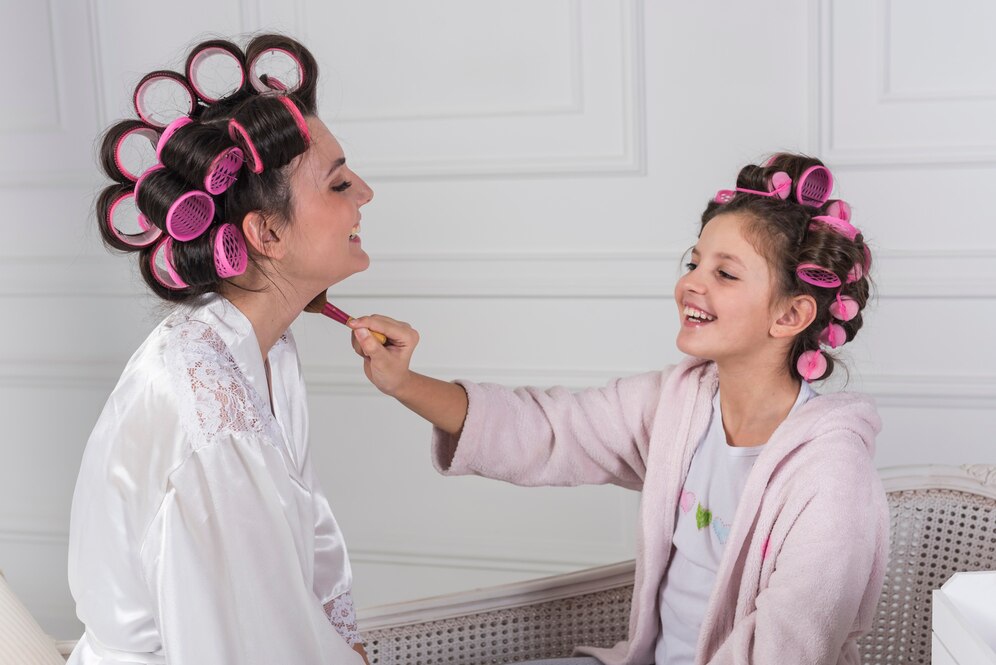
The first shave is a big moment, but it doesn’t have to be daunting. With your support, your child can learn safe and healthy grooming habits. These habits build confidence instead of anxiety.
This isn’t just about razors and shaving cream. It’s about helping your tween build a healthy body image and self esteem. They need to feel seen and respected in their choices. This way, they can enter their teenage years with trust in their ability to care for themselves.
Let them set the pace. Offer your guidance. Laugh through the mishaps. And most of all, keep the door open — so they know you’ll be there for the next “first” too.
Have you helped your child through their first shave? Share your thoughts or questions in the comments. Your input might help another parent through this important milestone.


